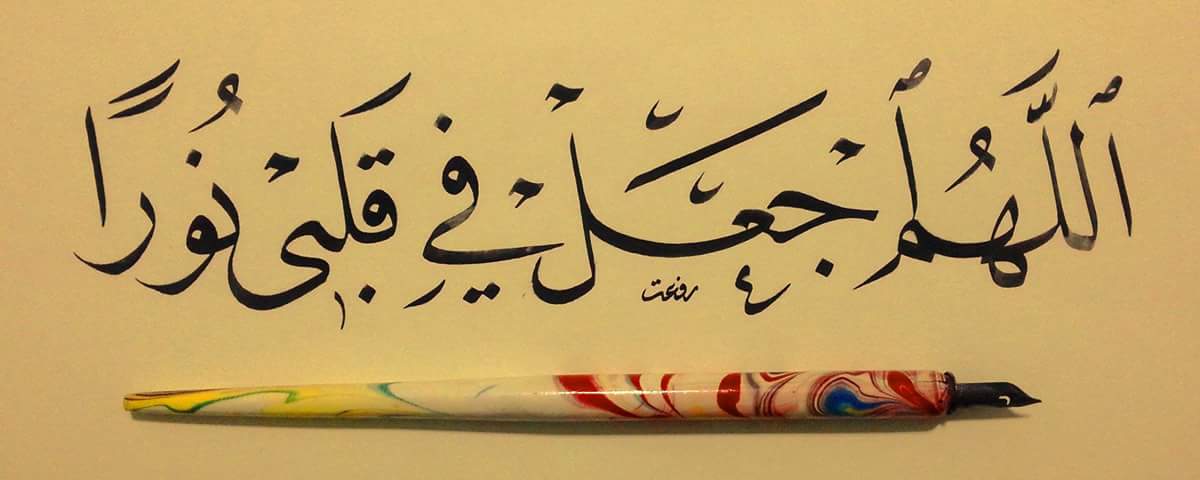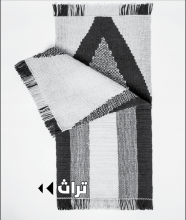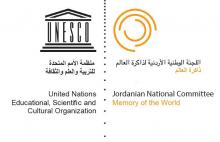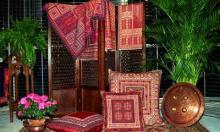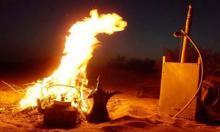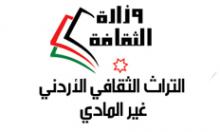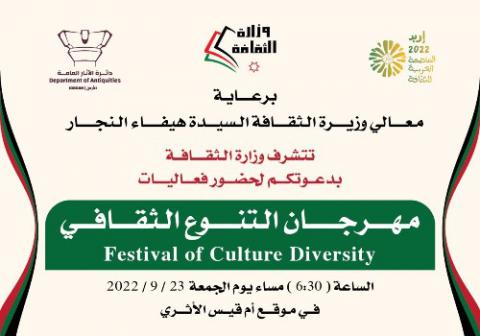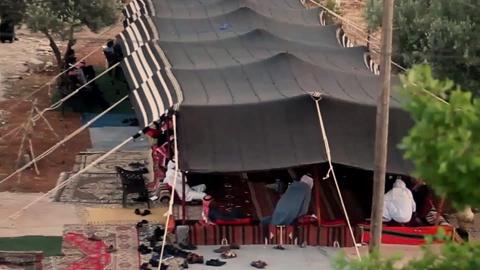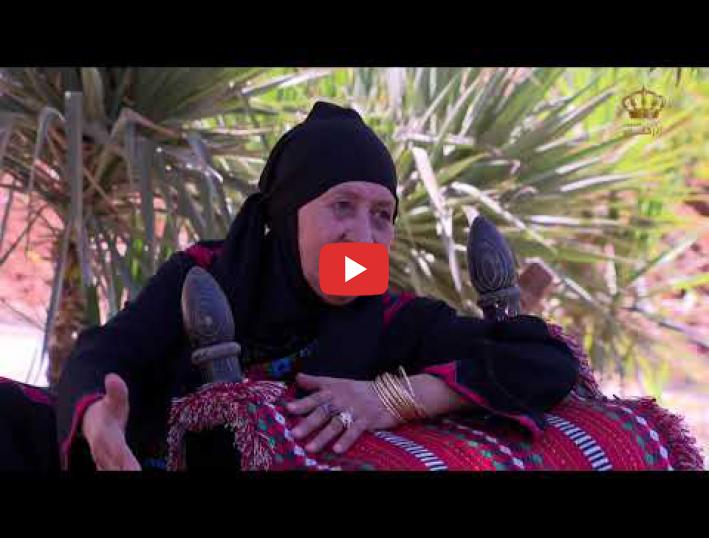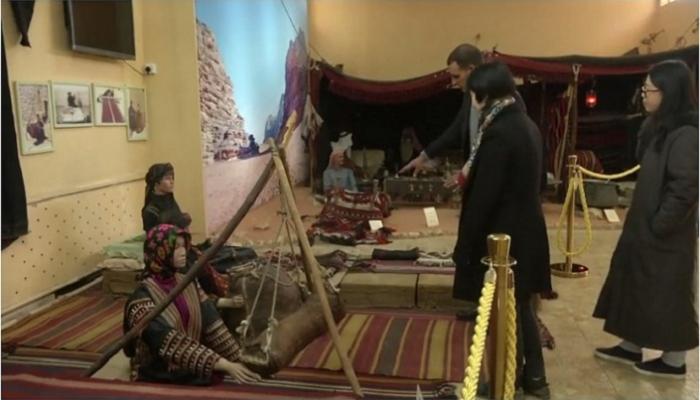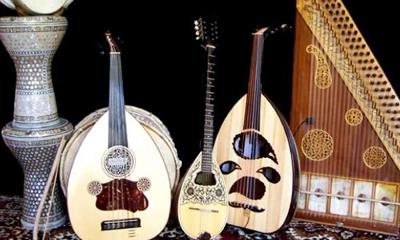- الرئيسية
- مديرية التراث
- نبذه عن المديرية
المزيدأولاً: نشأة المديرية تم تأسيس مديرية التراث في نهاية عام 2010 وذلك حرصاً من وزارة الثقافة على رعاية وصون التراث الثقافي غير المادي في المملكة الاردنية الهاشمية. «التراث الثقافي غير المادي » الممارسات والتصورات وأشكال التعبير والمعارف والمهارات - وما يرتبط بها من آلات وقطع ومصنوعات وأماكن ثقافية...
- أهداف مديرية التراث
- اقسام المديرية
المزيدأقسام مديرية التراث: 1- قسم البرامج التراثية : من أبرز مهامه تنظيم وتنفيذ ومتابعة المشاريع والبرامج والأنشطة المتعلقة بالتراث الثقافي غير المادي ضمن خطة المديرية والجهات ذات العلاقة، ومتابعة الاتفاقيات التي تعقدها المملكة مع المنظمات والهيئات الدولية لغايات تنفيذ المشاريع التي تقع ضمن نطاقها. 2...
- الاصدارات المزيد
- التعليمات والاتفاقيات المزيد
- نبذه عن المديرية
المزيد
- المشاريع
- مشروع المكنز الوطني
المزيداختصاصات لجنة ذاكرة العالم الأردنية الاسم: Jordanian Memory of the World committee اللجنة الأردنية لذاكرة العالم الهيكل: تتألف لجنة ذاكرة العالم الأردنية من لجنة رفيعة المستوى و 4 لجان فرعية متخصصة في مختلف جوانب اللجنة. الوظيفة: ستضطلع لجنة ذاكرة العالم في الأردن بمسؤولية...
- المشروع الوطني لحصر التراث
المزيدنبذة عن المشروع يهدف هذا المشروع إلى حصر التراث الثقافي غير المادي في كافة محافظات المملكة الأردنية الهاشمية، وبالتزامن. كما يهدف إلى إشراك المجتمع المحلي في الجرد، وإنشاء قاعدة بيانات شاملة، وتحديد عناصر التراث الثقافي غير المادي المهدّدة بالانقراض، ورفع الوعي بأهمية التراث الثقافي غير المادي حتى...
- مشروع تفريغ و أرشفة أشرطة الكاسيت المسجلة في أواسط السبعينيات
المزيدمشروع إعادة تأهيل المادة الصوتية المسجّلة في السبعينيات من القرن الماضي. (الذاكرة المسجّلة في أشرطة الكاسيت التقليدية) للحفاظ على الموروث الأردني الثقافي، والكنز الذي قامت بتسجيله نخبة من الباحثين في التراث في أواسط السبعينيات، وفي مناطق مختلفة من المملكة، ارتأت مديرية التراث أن يصار إلى البحث عن...
- برنامج ذاكرة العالم
المزيداختصاصات لجنة ذاكرة العالم الأردنية الاسم: Jordanian Memory of the World committee اللجنة الأردنية لذاكرة العالم الهيكل: تتألف لجنة ذاكرة العالم الأردنية من لجنة رفيعة المستوى و 4 لجان فرعية متخصصة في مختلف جوانب اللجنة. الوظيفة: ستضطلع لجنة ذاكرة العالم في الأردن بمسؤولية...
- مشاريع مدن الثقافة
المزيد
المشاريع
تم تخصيص جزء من مخصصات مدن الثقافة والالوية في الاعوام السابقة لدعم مشاريع تراثية تُعنى في الحفاظ على الموروث الشعبي الاردني وتسويق المنتج التراثي ودعم الافراد والجمعيات والفرق التراثية. حيث قامت مديرية التراث بالتنسيب بدعم المشاريع التي تحقق روية ورسالة المديرية وتسلط الضوء على المنتج التراثي... - مهرجان التنوع الثقافي
المزيد
المشاريع
يأتي ضمن احتفالات العالم باليوم العالمي للتنوع الثقافي الذي يصادف 16/5 من كل عام، ويهدف هذا المهرجان إلى الحفاظ على النسيج الاجتماعي الاردني وتعزيز الترابط بين كافة أفراد المجتمع الأردني وإبراز نسيج الحضارة الأردنية وجماليات التنوع الثقافي في الأردن والتعريف بالهوية الثقافية المتميزة لدى الأردن... - ترشيح العناصر على قوائم التراث الثقافي غير المادي
المزيد
المشاريع
بعد ان يتم حصر عناصر التراث الثقافي غير المادي في المملكة وادراجها على قوائم الحصر لدى مديرية التراث، تقوم المديرية وبالتنسيق مع مؤسسات المجتمع المدني بترشيح عناصر مختارة على قوائم اليونسكو للتراث غير المادي. إن ترشيح عنصر واحد على قوائم التراث سواء كان ملف وطني أو مشترك يستغرق عامين ويتطلب تحضير... - العناصر الاردنية المدرجة على قوائم اليونسكو
المزيد
المشاريع
تم ترشيح ملف (العادات والتقاليد والممارسات المتعلقة برقصة السامر) في الاردن على القائمة التمثيلية للتراث الثقافي غير المادي للإنسانية، وستعلن نتائج الترشيح خلال شهر تشرين الثاني من العام 2018. ترشيح ملف النخلة والعادات والطقوس المرتبطة بها: تراثاً عربياً مشتركاً على القائمة التمثيلية للتراث...
- مشروع المكنز الوطني
المزيد
- المركز الإعلامي
- قواعد البيانات
- قاعدة بيانات المكنز الوطني
المزيد
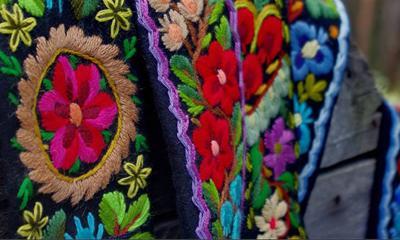
- قوائم الحصر الوطني
المزيد
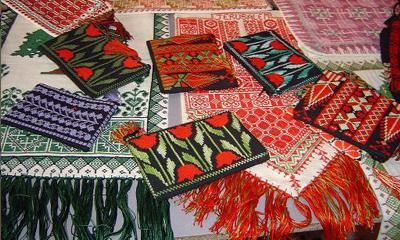
- قاعدة بيانات الحرفيين
المزيد
قاعدة بيانات الحرفيين
- قاعدة بيانات المكنز الوطني
المزيد

فنون الخط العربي Arabic calligraphy arts
|
فنون الخط العربي هي نتاج تطور تاريخي للغة العربية وتحول من المشافهة إلى الكتابة منذ سالف الأزمان، وقد مرّت سلسلة من التغيرات في شكلها كما في وظائفها بحيث تكون سجلاً تاريخياً للثقافة العربية والإسلامية وحاملاً لها، إذ تمكنت من الانتشار جغرافياً وثقافياً وتتبناها جماعات ومجموعات أخرى، وفي ذلك يكمن البعد الإنساني للعنصر. ويعرف الخط العربي على أنّه فنّ وتصميم عملية الكتابة في جميع اللغات التي تستخدم الحروف العربية، حيث تتميّز حروفه وكلماته بأنها متصلة قابلة لاكتساب أشكال هندسية مختلفة، ويكون ذلك من خلال: المد، والرجع والتشابك، والتزوية، والاستدارة، والتركيب، والتداخل. وبالنسبة للخطاط الأردني يُبنى الخط ّعلى خمس: حِدّة الأمواس، وجَودة القِرطاس، وحَبس الأنفاس، وقُوّة الأخماس، ولمعان الأقراص (الحبر). ولقد استُعمل فن الخط العربي في كتابة المصاحف والمخطوطات وزخرفة المساجد والقصور، وارتبط بالعديد من الفنون كالزخرفة الإسلامية، وفنون الحفر على الخشب والنحاس، وتجليد الكتب وكتابتها. وللخط العربي أنواع كثيرة مثل "الرُّقعة، والنَّسْخ، والثُّلُث، والدِّيوانيّ، والمَغارِبِيّ، والكُوفِيّ" ويُمارَس الخطُّ العربيّ في الأردن من قبل الخطّاطين من كلا الجنسين على خامات مختلفة مثل أنواع الورق المختلفة والخشب والرخام والمعادن والقماش والجِلد والجُدران وغيرها، وذلك باستعمال خامات ومواد طبيعية وأدوات تُصنع يدوياً للكتابة والزخرفة، كالحِبر وقلم الريشة المصنوع من نبات "القصب" وهو أنواع مثل: قصب التّمار، والقصب الإندونيسي، وقصب جاوا، ومادة الليقة. وكثيراً ما يصنع الخطّاطون الأردنيون هذه الأدوات بأيديهم.
|
Arabic calligraphy arts are the product of the historical evolution of the Arabic language and the shift from orality to literacy long time ago. It has gone through a series of transformations in its form as well as function to the point of becoming a historical record and a carrier of Arabic and Islamic culture. It was able to advance both geographically and culturally, and was adopted by other groups and communities, and that is wherein the human dimension of the element lies. Arabic calligraphy is defined as the art and design of writing in all languages employing the Arabic script. It is distinguished by the shape of its letters and words, which are connected and can be modeled after various geometric shapes through elongation, contraction, interlacing, squaring, rounding, superimposition, and overlapping. For the Jordanian artist, calligraphy is founded upon five cornerstones: a sharp razor, a fine page, a strong breath-hold, a firm hand, and the lustre of ink. The art of Arabic calligraphy was employed in the design of the Quran as well as manuscripts, mosques, and palaces. It was also incorporated into many visual arts such as Islamic decoration, the art of wood and copper engraving, bookbinding and writing. Arabic calligraphy has many styles and scripts such as ar-Reqcaa, al-Thuluth an-Naskh, ad-Diwani, al-Maghrebi, and the Kufic script. Calligraphy is practiced in Jordan by male and female calligraphers, using a variety of media, such as the various types of paper, wood, marble, metal, fabric, leather, walls, and many more. They use natural materials and handmade tools for writing and decorating. More often than not, Jordanian calligraphers make their own tools, such as ink, and pens, which are made of reed. Several types of it are used to produce pens, such as at-Tammar reeds, Malysian bamboo, Jawa reed, and al-Liqah substance.
|
